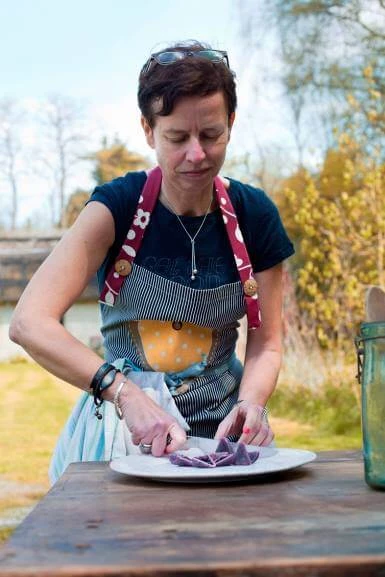How Many Ounces in 1/3 Cup? – Conversion Guide
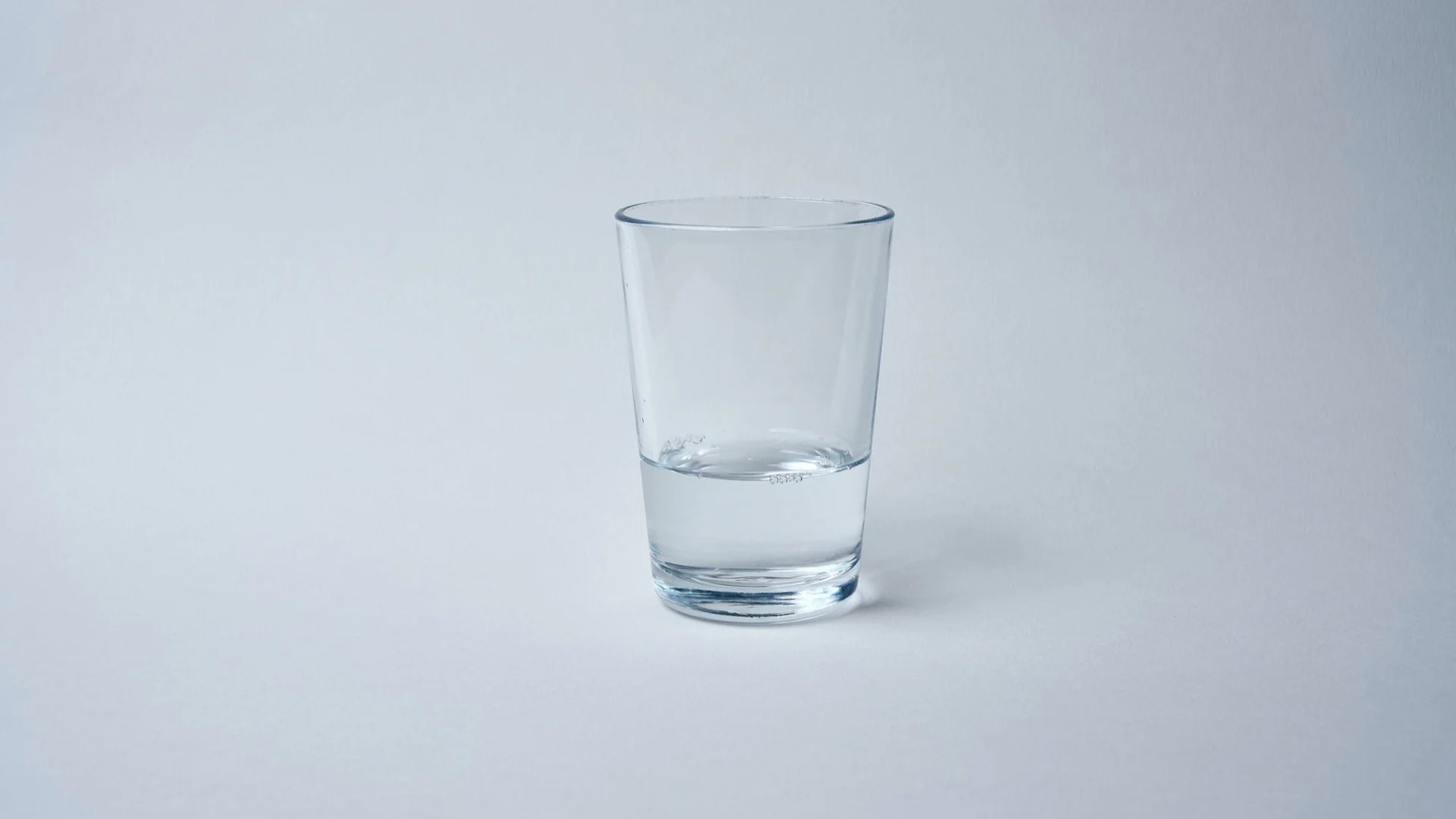
Content
Volume unit converter
The Science of Measurements: A Refresher
Ready for a dive into the world of cups and ounces? Sure, you are. We're talking about size here. It's all about how big or small things are. Size counts in cooking and baking. Get it wrong, and your cake might flop. So let's get into it.
We measure things in cups and ounces. But these aren't the cups you drink from. Nor are they the ounces on a scale. They're units we use for cooking. They tell us how much of something to use.
Delving Deeper into Volume Units: Cups and Ounces
So, what's a cup? And what's an ounce? Both are size units. They help us measure things. A cup is bigger than an ounce. It's like a small bowl. An ounce is smaller. Like a big spoonful.
You might wonder, “How many ounces in 1/3 cup?” Well, it depends. On what? On whether it's a dry or wet cup. More on that soon.
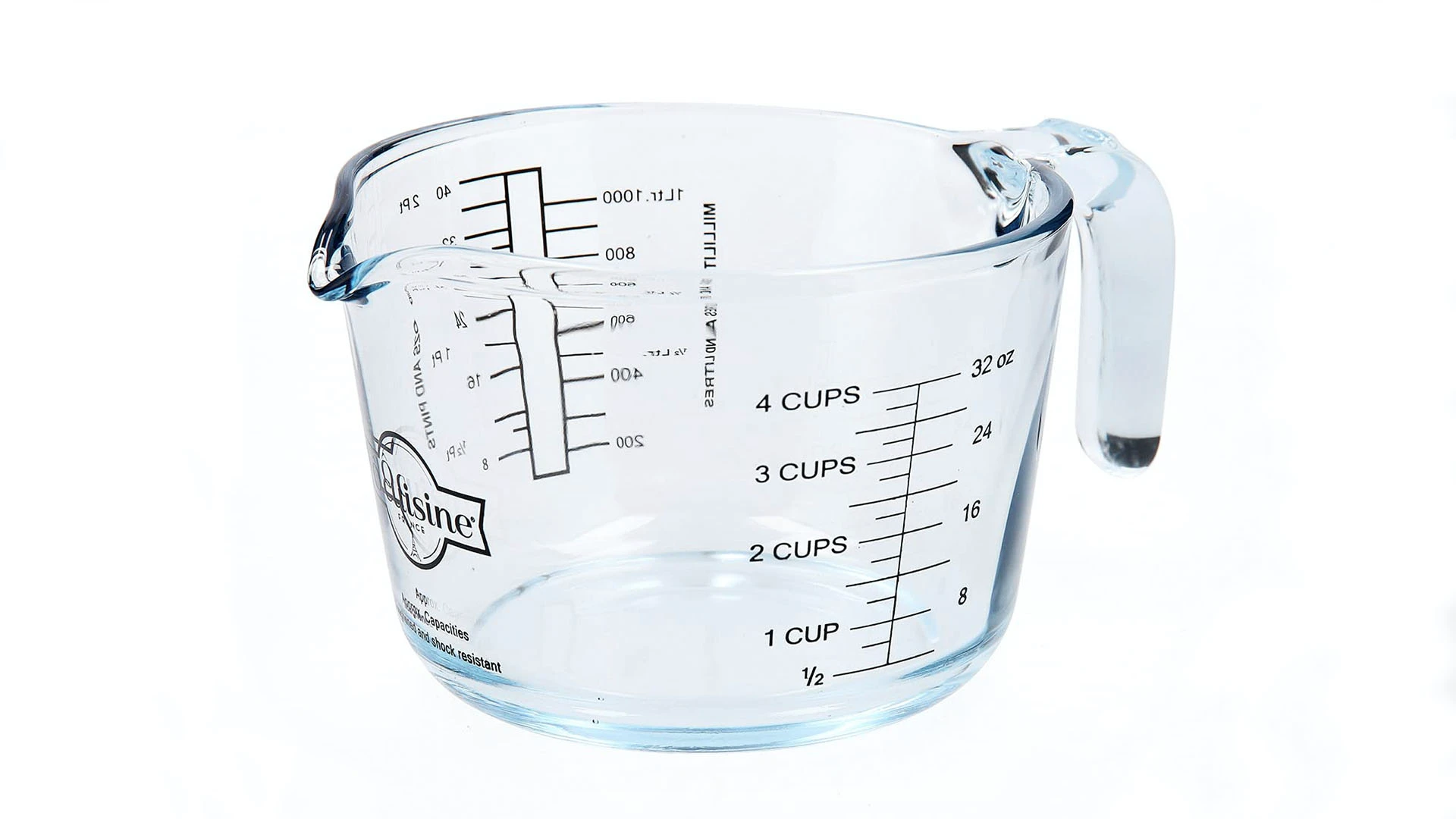
US vs UK Fluid Ounces: Key Differences
Let's talk about ounces now. They're not all the same. US and UK ounces are different. A US ounce is about 30 milliliters. A UK ounce is more, around 35 milliliters. That's a big gap!
When you read a recipe, check the units. Are they US or UK? If you're unsure, ask. Or your cooking might go wrong.
Dry and Wet Measurements: A Comprehensive Comparison
Now, let's get into dry and wet cups. What's the difference? Simple. Dry cups measure dry things. Like flour or sugar. Wet cups measure wet things. Like milk or oil.
Why does it matter? It's all about space. Dry things have gaps between them. Wet things don't. So, a dry cup of flour won't weigh the same as a wet cup of it.
Comparing Dry and Wet Measurements
| Unit | Dry Weight | Wet Weight |
|---|---|---|
| Cup | Varies | 8 oz |
| 1/3 Cup | Varies | ~2.6 oz |
The Nitty-gritty of 1/3 Cup
Let's now focus on 1/3 of a cup. It's a common unit in recipes. You see it a lot. But how big is it, really?
What Makes Up 1/3 of a Cup?
You can fill 1/3 of a cup with many things. Flour, sugar, milk. Even tiny things like salt or baking powder. What it weighs depends on what's in it. But regardless of what's in it, it's always 1/3 of a cup.
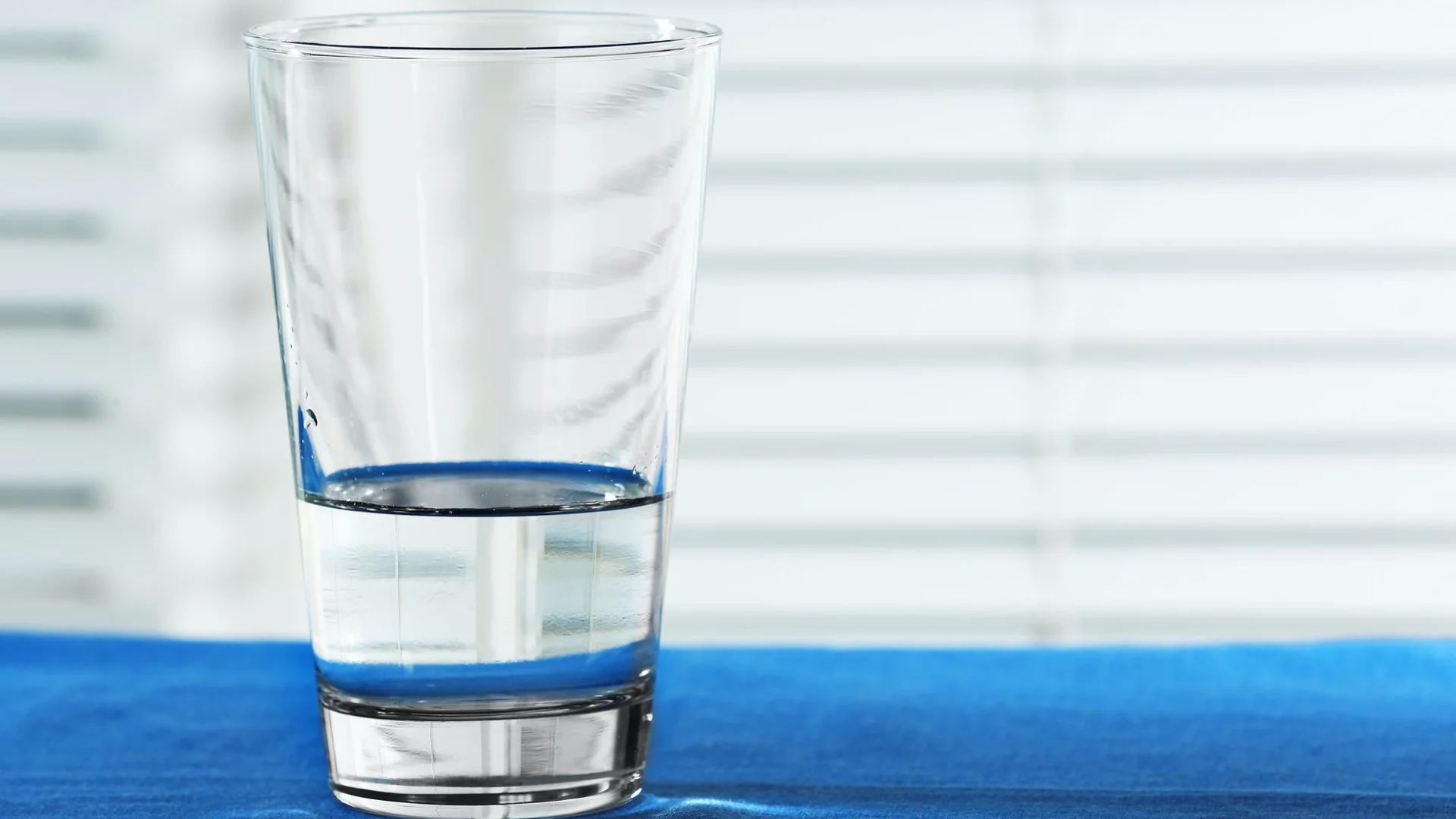
Table: What Makes Up 1/3 Cup
| Ingredient | Weight |
|---|---|
| Flour | ~1.5 oz |
| Sugar | ~2.3 oz |
| Milk | ~2.6 oz |
Dry Versus Wet: The Ounce Content in 1/3 Cup
Now, you might ask, “How many ounces is 1/3 of a cup?” Good question. The answer changes. It depends on if it's a wet or dry cup.
Here's a simple guide:
- A dry 1/3 cup of flour is about 1.5 ounces.
- A wet 1/3 cup of milk is about 2.6 ounces.
The numbers change for different stuff. But this gives you an idea.
Dry vs Wet Ounces in 1/3 Cup
| Measurement | Dry Weight | Wet Weight |
|---|---|---|
| 1/3 Cup Flour | ~1.5 oz | N/A |
| 1/3 Cup Milk | N/A | ~2.6 oz |
Ingredient-Based Measurements: Ounces in 1/3 Cup
Different things weigh different amounts. Even in the same space. Think of a cup of feathers and a cup of rocks. They take up the same space. But they weigh very different amounts.
It's the same with cooking. A cup of sugar weighs more than a cup of flour. That's because sugar is denser than flour. So, “how many ounces in 1/3 cup” depends on what's in the cup.
Table: Ounces in 1/3 Cup of Different Ingredients
| Ingredient | Ounces in 1/3 Cup |
|---|---|
| Flour | ~1.5 oz |
| Sugar | ~2.3 oz |
| Milk | ~2.6 oz |
| Butter | ~2.6 oz |
| Oil | ~2.6 oz |
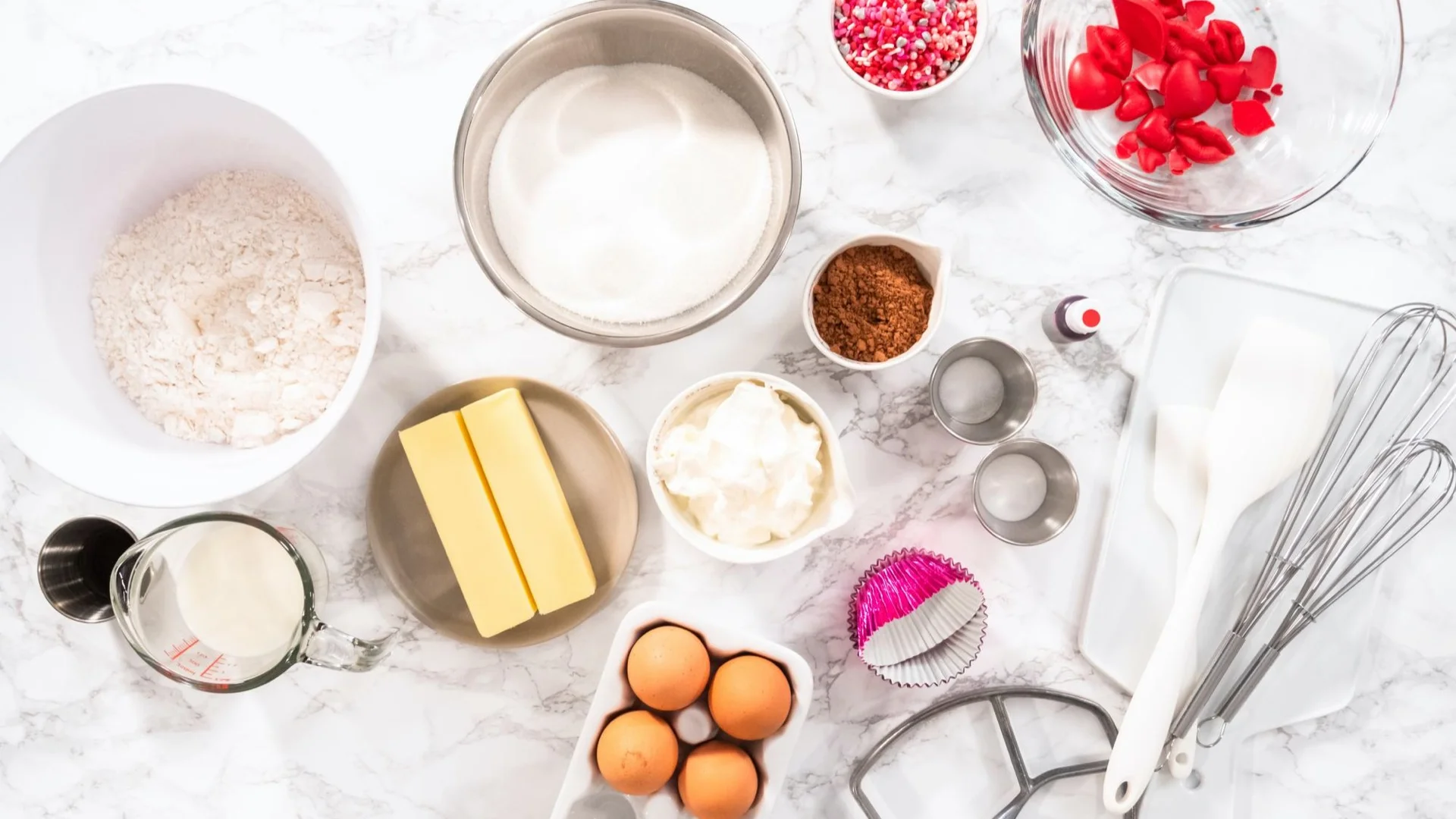
Unraveling the Concept: 1/3 Cup to Ounces
It might seem tricky at first. This “1/3 cup to oz” idea. But with some time, it gets clear. It's all about math and density.
Picture this. You have a cup. In it, you put 1/3 of a certain food. How much would that weigh in ounces?
Density is the game-changer here. It can make a huge difference. For example, a 1/3 cup of milk isn't the same as 1/3 cup of oil.
Now, think about this term: “2/3 ounces.” It seems specific, doesn't it? But here's the thing. It, too, relies on what you're measuring.
Let's get more into this. We live in a world of “measurement systems.” Cups, ounces, liters, grams. They're all part of the game.
We use them to measure. Food, liquids, solids. All use different systems. It might seem hard at first. But don't worry. You'll get the hang of it.
Remember, converting from “1/3 cup to oz” isn't hard. It just takes some getting used to. And, of course, it depends on the density of what you're measuring. So, happy measuring!
Exploring the Different Types of Measuring Cups
So, now you know more about cups and ounces. But how do you measure them? With measuring cups, of course. There are different kinds for different needs.
Measuring Cups for Dry Ingredients: A Close Look
Dry cups are for dry stuff. Like flour or sugar. They're made to be filled to the brim. Then you level off the top. This gives you a precise amount.
Dry cups come in many sizes. Full cups, half cups, third cups. Even quarter cups. Pick the one that matches your recipe.
The Ideal Measuring Cups for Liquid Ingredients
Wet cups are for liquids. Like milk or oil. They're made to be filled up to a line. This line is below the brim. Why? So, you don't spill it.
Wet cups also come in many sizes. They often have lines for different amounts. This makes them versatile.
Metric versus Imperial: Understanding Measuring Cup Standards
Now, you might ask, “What's better? Metric or Imperial?” There's no clear answer. It depends on you.
Do you think in pounds and ounces? Then go with Imperial. Do you prefer grams and liters? Then pick Metric. It's about what makes sense to you.
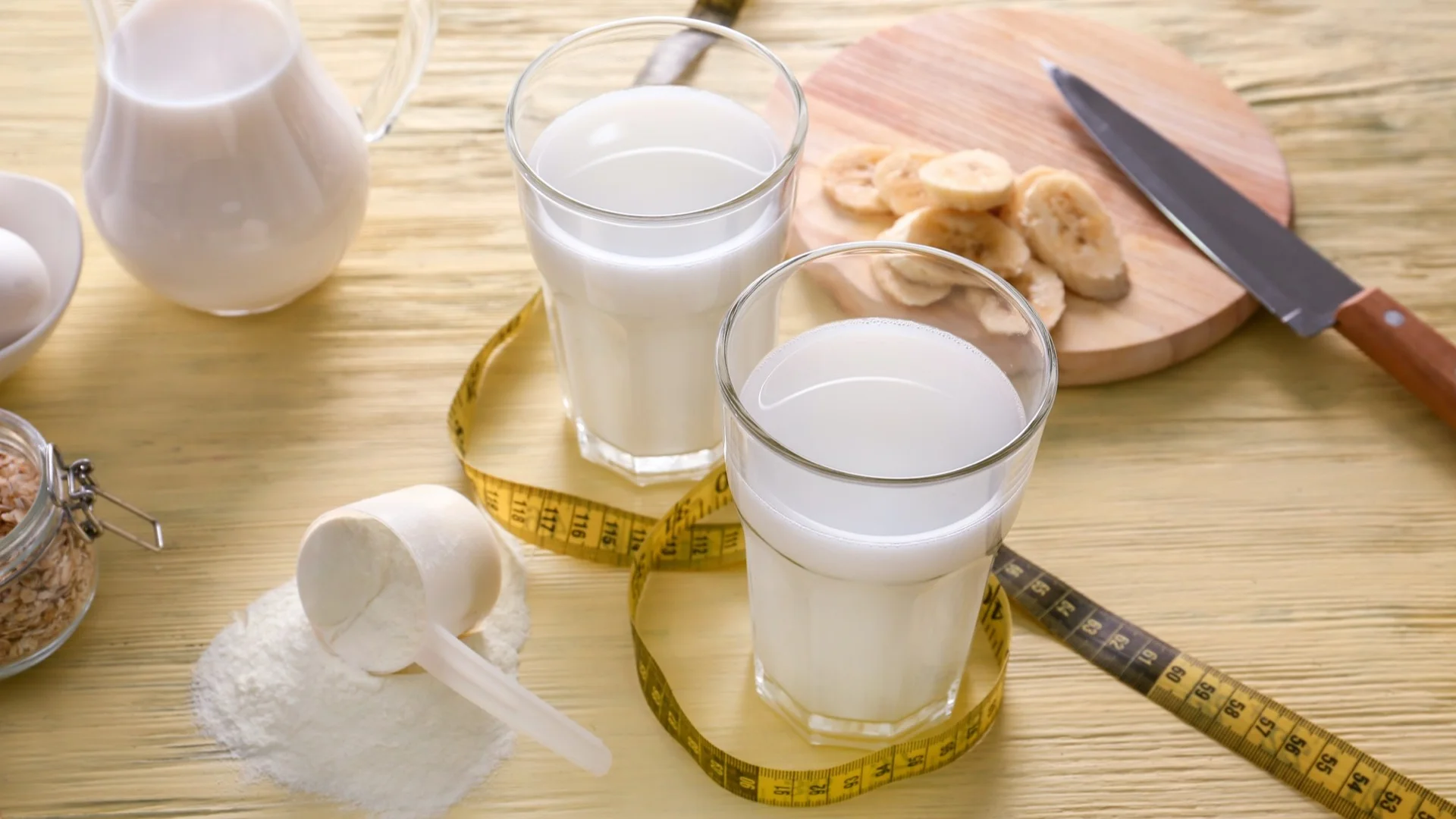
Conversion in Focus: 1/3 Cup to Ounces
So, let's get to the big question. “How many ounces is 1/3 cup?” We'll dive into this. Let's start with a step-by-step guide.
Step-by-Step Guide: Converting 1/3 Cup to Ounces
How do you convert 1/3 cup to oz? It's simple. Just multiply by the conversion factor. What's that? It's a number that changes cups into ounces. For a wet cup, the factor is 8. So, 1/3 of a wet cup is about 2.6 ounces.
Here's a step-by-step guide:
- Start with the amount in cups (1/3).
- Multiply by the conversion factor (8).
- Get the result in ounces (~2.6).
Tables to Aid Your Conversion Needs
Tables can help you convert. They show the amounts in both units. You can just look up the one you need. Here's an example.
Table: Converting Cups to Ounces
| Cups | Ounces |
|---|---|
| 1 | 8 |
| 2/3 | 5.3 |
| 1/2 | 4 |
| 1/3 | 2.6 |
| 1/4 | 2 |
| 1/8 | 1 |
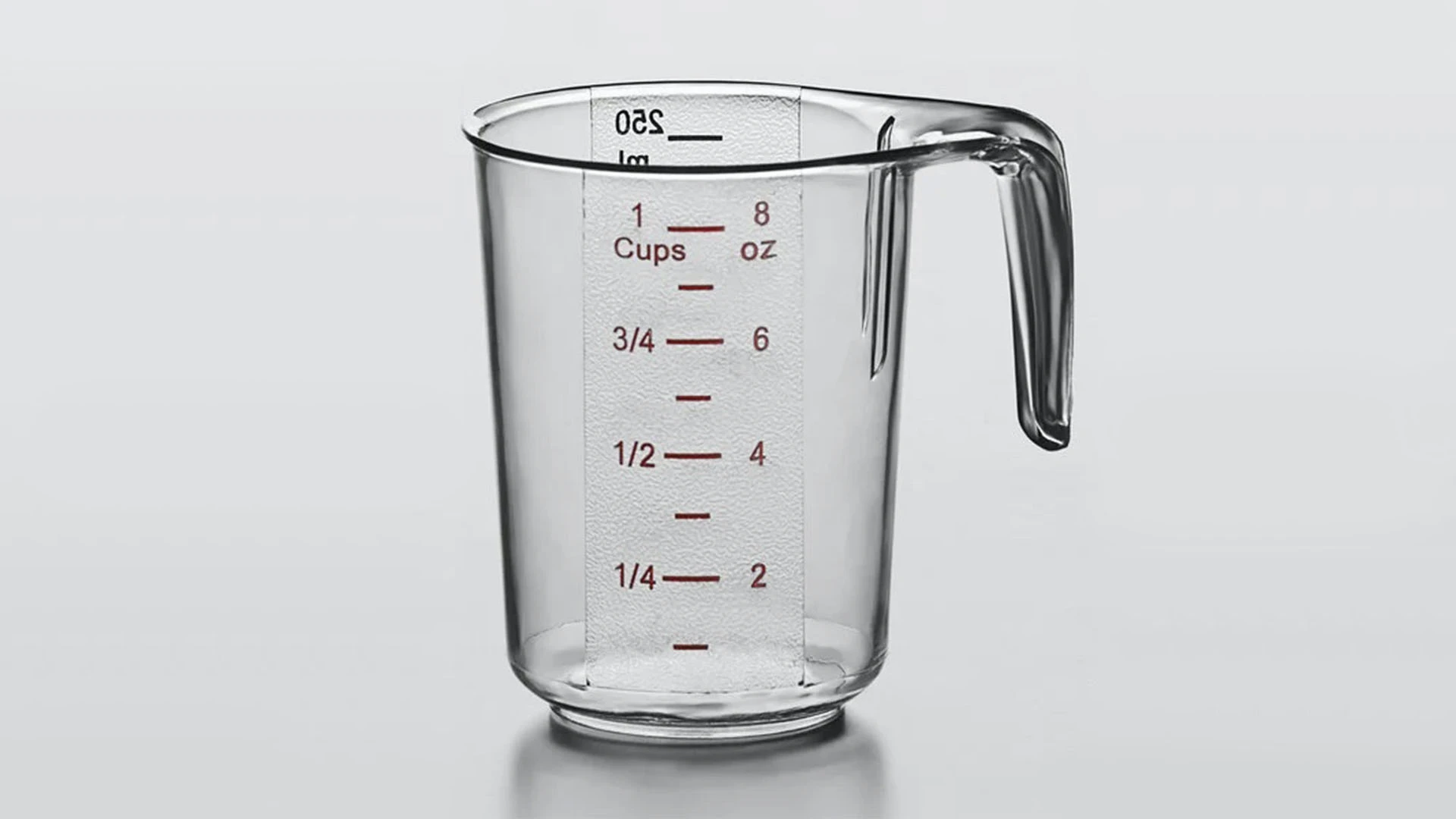
Insider Tips for Precise and Accurate Conversion
Require a tip for easy conversion? Keep this in mind. A full wet cup is 8 ounces. So, a half cup is 4 ounces. A quarter cup is 2 ounces. To find 1/3 cup, think of it as “one third of eight.” That's about 2.6 ounces.
This tip works for wet cups. For dry cups, it's trickier. It depends on the stuff. A dry cup of flour isn't the same as a wet cup of it.
Beyond 1/3 Cup: Further Cup to Ounce Conversions
Now that you know “how many ounces on 1/3 cup,” what about other sizes? What if you need to convert a half cup? Or a quarter cup? Or two cups? Let's dive into that.
Converting Different Cup Sizes to Ounces
Different cup sizes convert differently. But the process is the same. You just multiply by the conversion factor. For wet cups, the factor is 8. For dry cups, it depends on the stuff.
Here's a handy table.
Converting Different Cup Sizes to Ounces
| Cup Size | Wet Ounces | Dry Ounces (Flour) | Dry Ounces (Sugar) |
|---|---|---|---|
| 1 Cup | 8 | ~4.4 | ~7 |
| 1/2 Cup | 4 | ~2.2 | ~3.5 |
| 1/3 Cup | ~2.6 | ~1.5 | ~2.3 |
| 1/4 Cup | 2 | ~1.1 | ~1.75 |
Diving Into Cup to Milliliter Conversions
Now, let's dive into a new unit. The milliliter. It's a metric unit. It's small, like an ounce. But it's used all over the world.
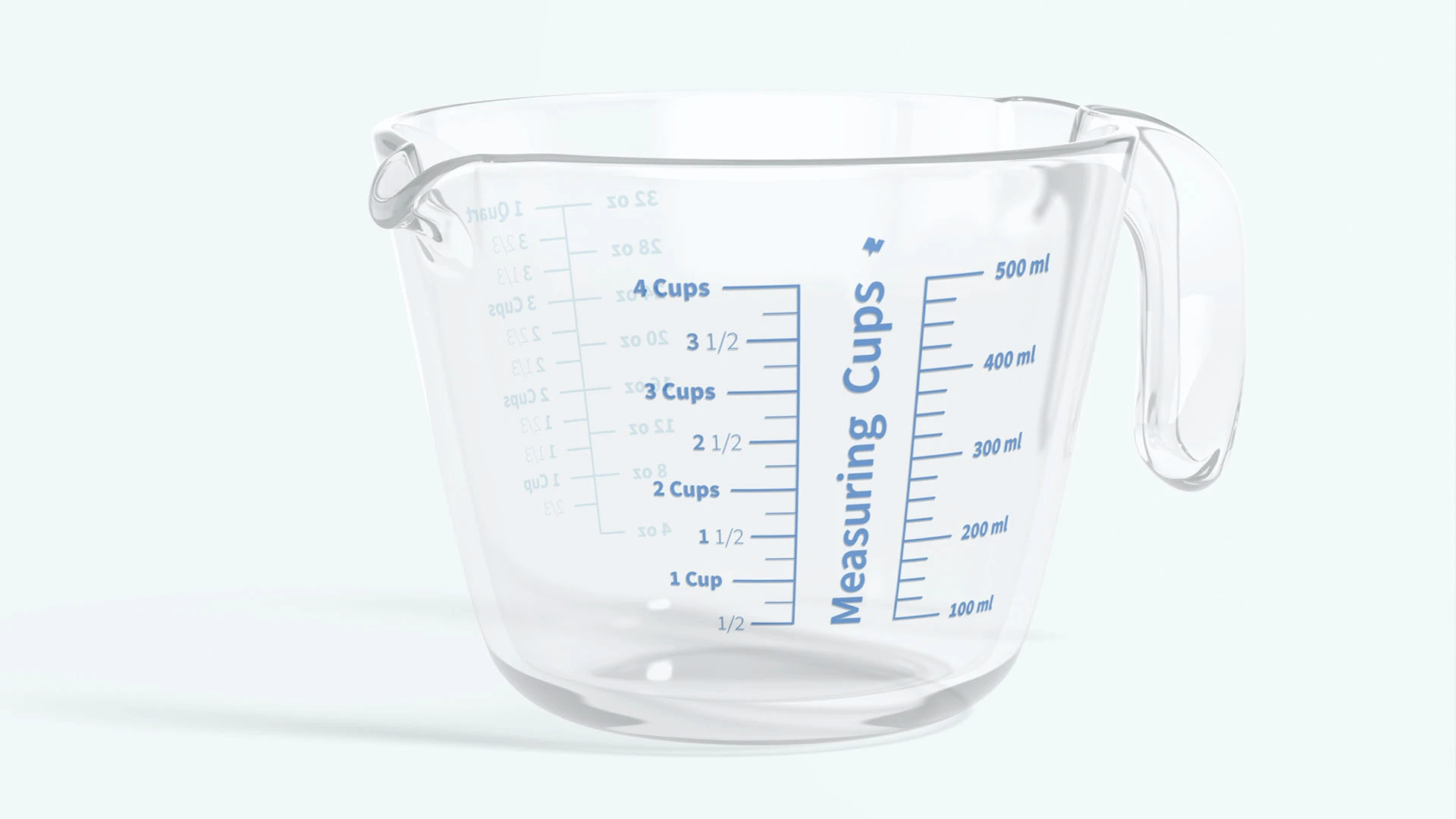
Common Cup to Ounce Conversions: A Handy Guide
Here's a handy guide to common conversions. Keep it close when you're cooking. It'll help you get your sizes right.
Common Cup to Ounce Conversions
| Cups | Ounces |
|---|---|
| 1 | 8 |
| 2/3 | 5.3 |
| 1/2 | 4 |
| 1/3 | 2.6 |
| 1/4 | 2 |
| 1/8 | 1 |
The Practical Side of Measurements in Everyday Life
So far, we've talked a lot about cups and ounces. But why does it matter? It's all about getting things right. In cooking, size matters. Too much or too little can ruin a dish.
Measuring Everyday Ingredients: 1/3 Cup of Milk and Sugar
Let's take two common items: milk and sugar. How much is 1/3 cup of each? In ounces, that is?
Measurements in Baking: Precision is Key
In baking, measurements matter a lot. A little too much or too little can change a lot. That's why bakers use precise measures. Like cups and ounces.
For example, what's 1/3 cup of flour? In ounces, it's about 1.5. That's less than milk or sugar. Why? Because flour is lighter.
Summary and Final Thoughts
Measurements matter. In cooking, in baking, in life. Knowing how to convert is crucial. So, remember: 1/3 cup is about 2.6 ounces for wet ingredients and can vary for dry ones. Now, go forth and measure!
FAQs: Converting 1/3 Cup to Ounces
Let's go through some common questions on this topic.
How Many Ounces are in 1/3 Cup?
Does 3 Ounces Equal 1/3 Cup?
How Much of 1/3 Cup Equals a Cup?
How Many Milliliters Does a 1/3 Cup Have?
How Many Tablespoons are in a 1/3 Cup?
How Many Dry Ounces are in 1/3 Cup?
How Many Ounces is 2/3 Cup?
How Many Quarters in a Cup?
How Many Ounces are in 2 Cups?
Wrapping Up: Mastering the Conversion of Ounces in 1/3 Cup
Let's wrap up. Here are the key points on “how many ounces in 1/3 cup.”
Key Points to Remember when Converting 1/3 Cup to Ounces
- A wet 1/3 cup is about 2.6 ounces.
- A dry 1/3 cup can vary in ounces.
- Always use the right type of cup.
- Use conversion tables to help.
Emphasizing the Importance of Accurate Measurements
Remember, size matters. In cooking, in baking, in life. The correct size can make a dish. The wrong size can break it.
